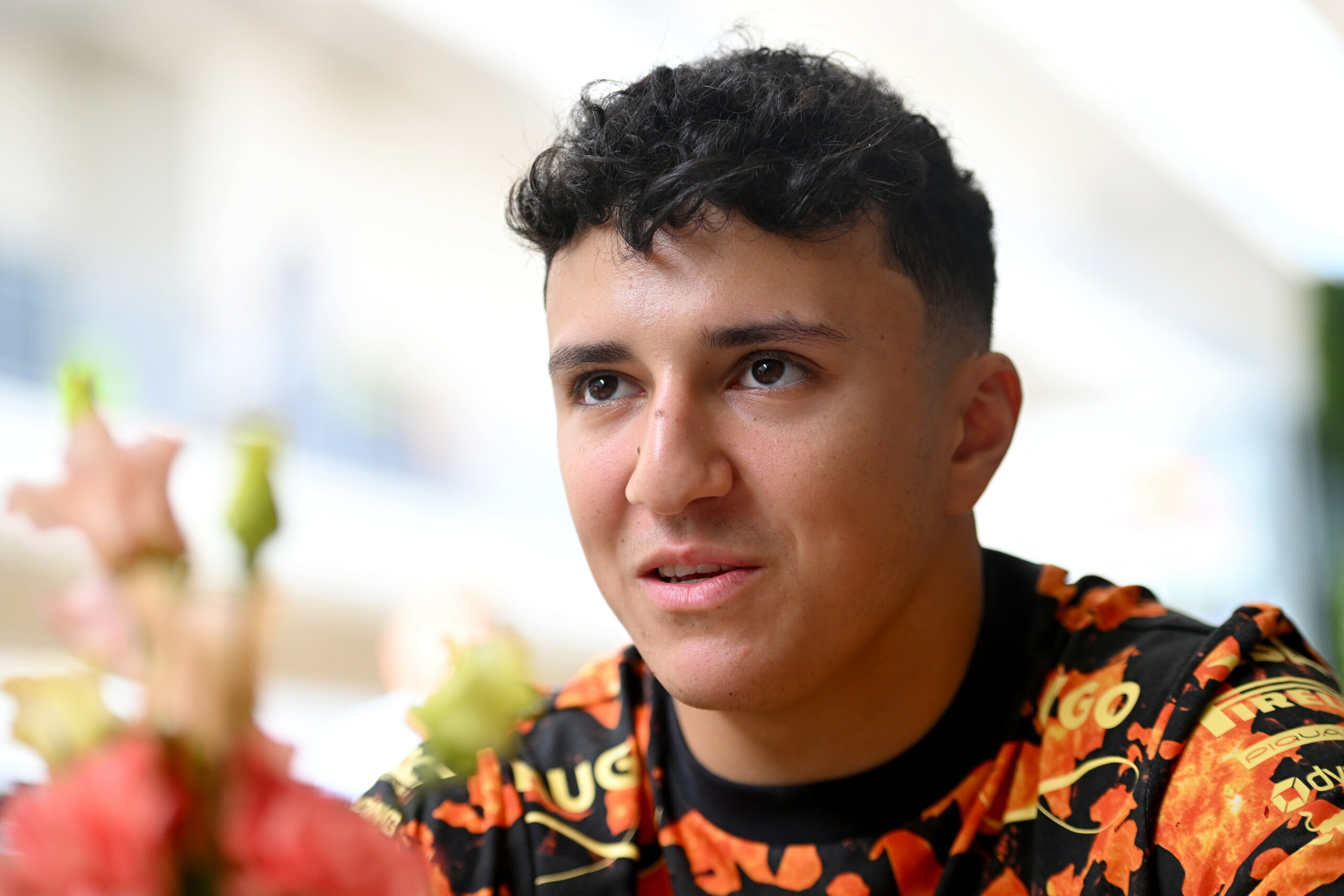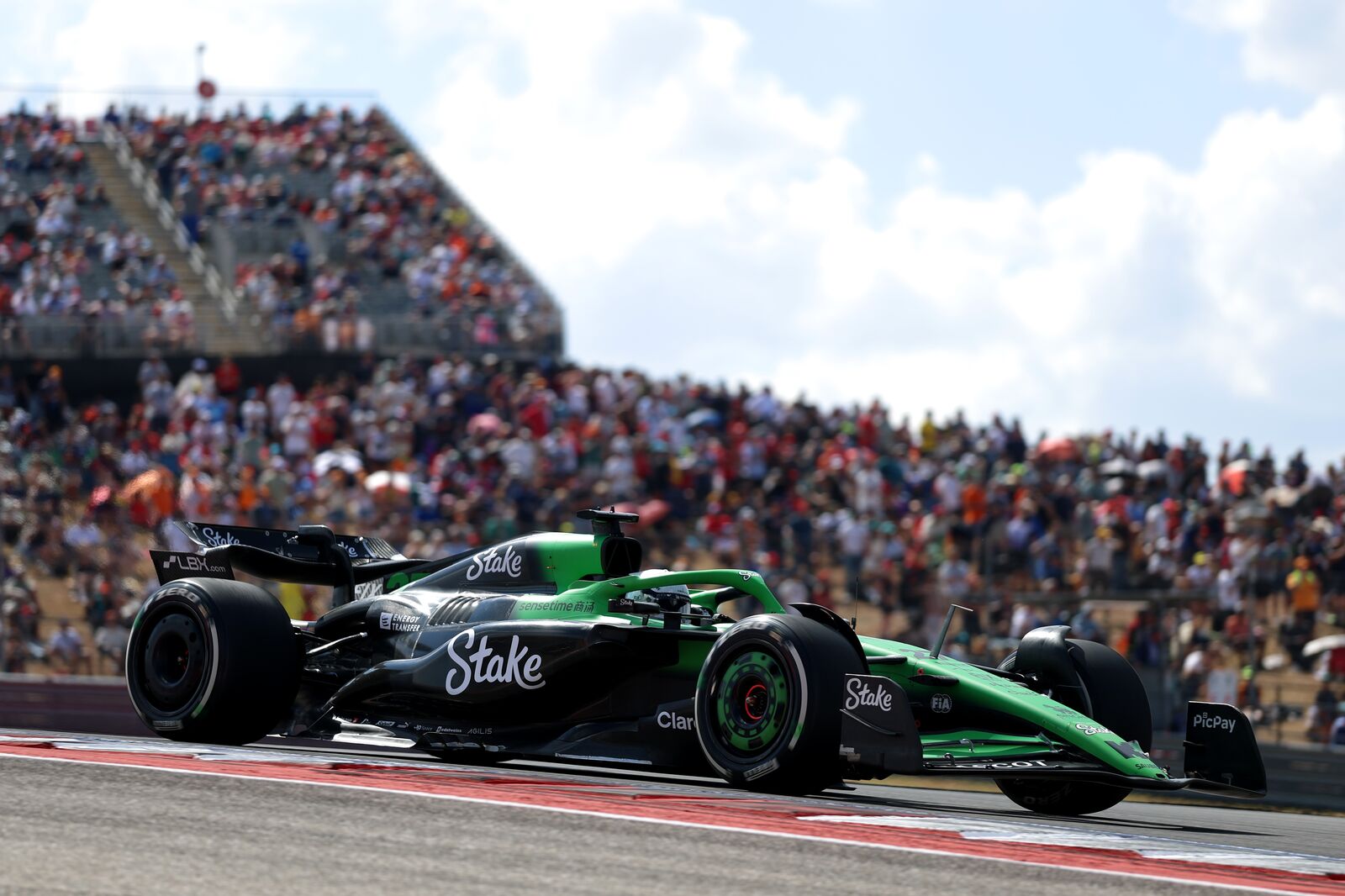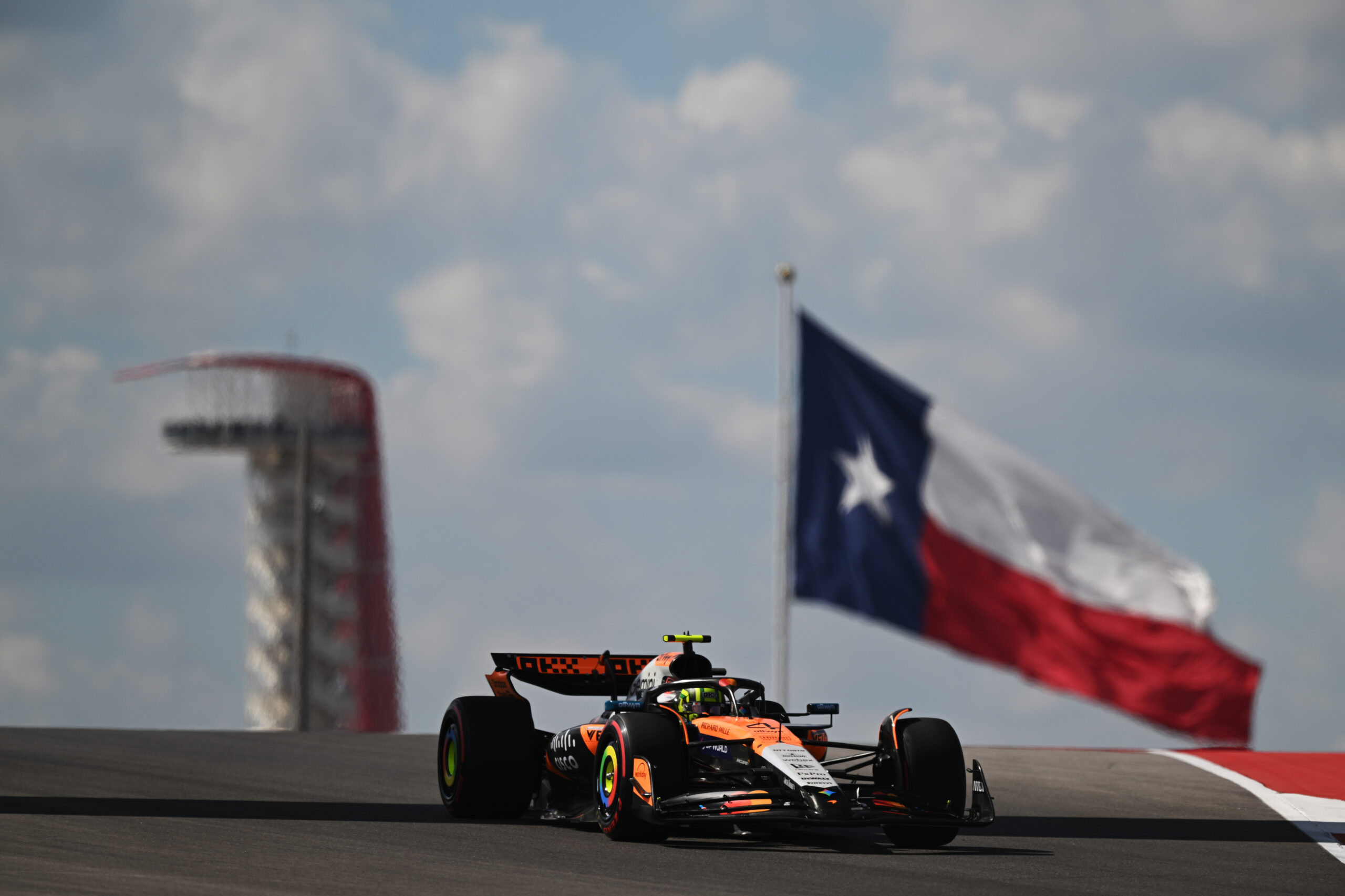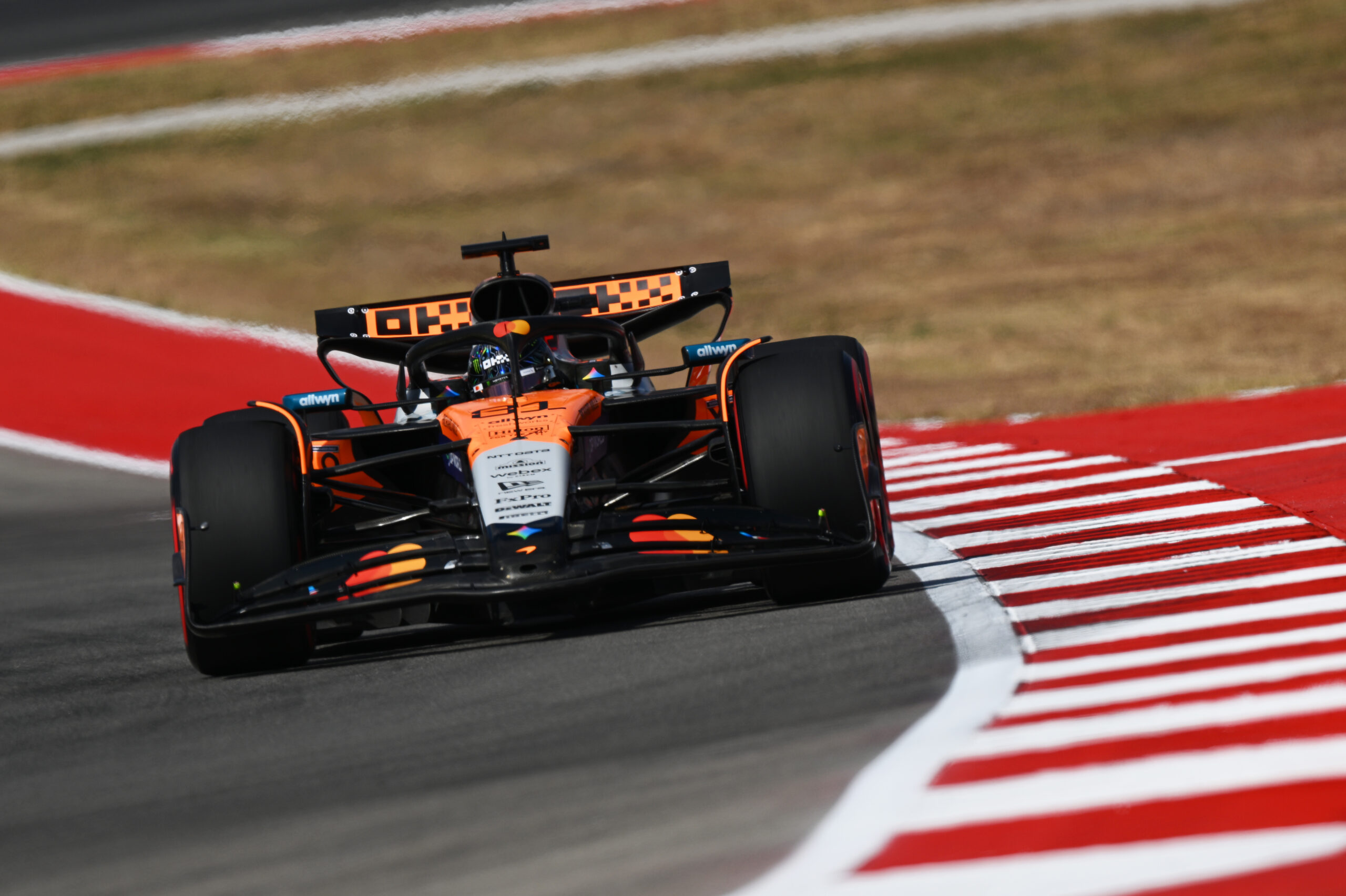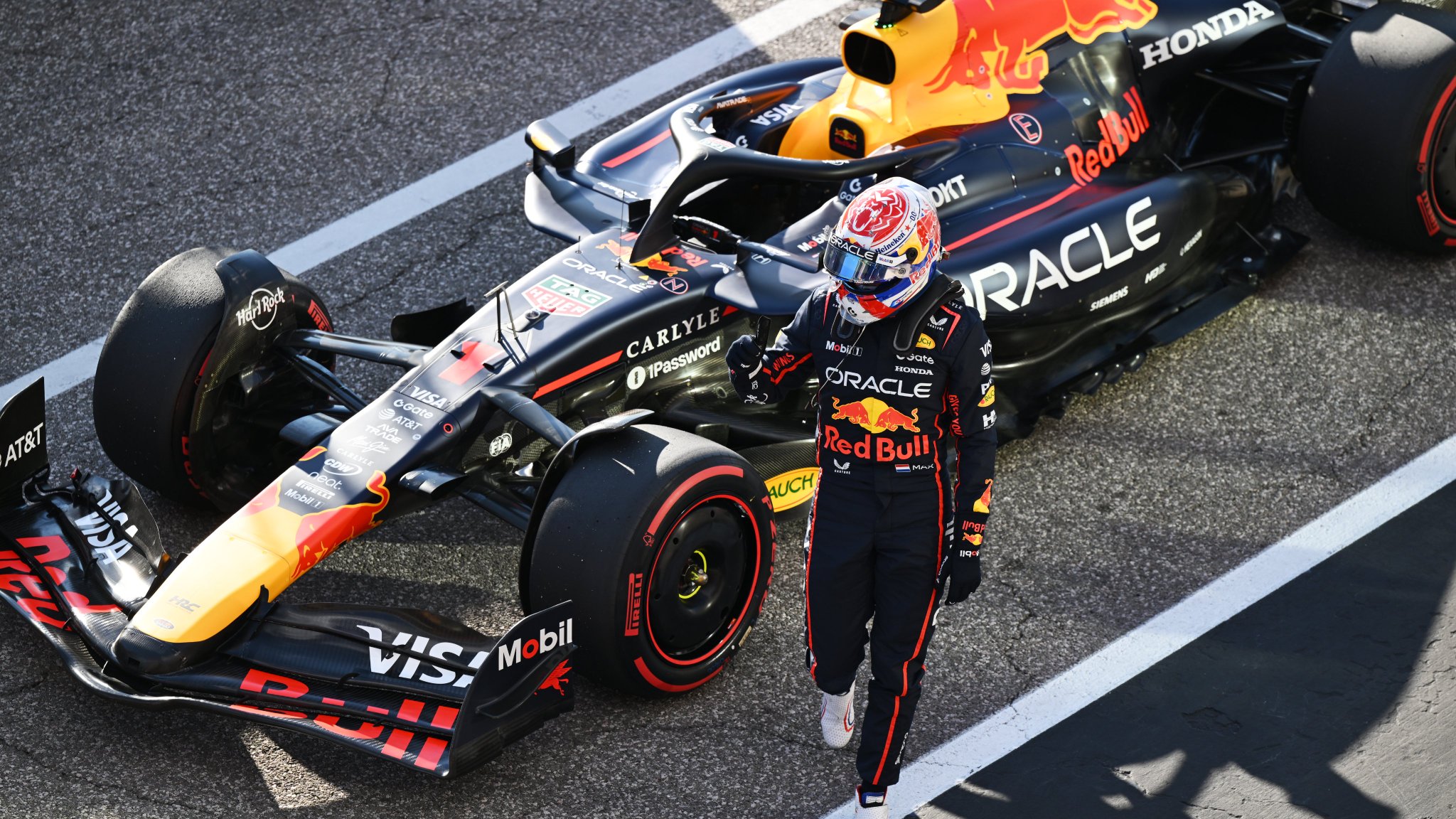Ahead of the F1 US GP, Racing Bulls’ Isack Hadjar has provided an update on the issue he faced during the Singapore GP and how he turned a former weakness of his into a strength.
Hadjar had a difficult time during the Singapore GP, nursing a powertrain issue from the early stages of the race. Despite the issue, Hadjar pushed on, but ultimately finished just outside the points in P 11.
Unfortunately, Racing Bulls has yet to find a cause for the issue Hadjar experienced during the race in Singapore. In his media rounds on Thursday, Hadjar confirmed that the team made changes to the car ahead of the US GP, hoping it would provide a solution.
“I still don’t know what the problem is. Unfortunately, we’re just changing a lot of things on the car and hoping for it to work. There’s no science behind it, really.
“So, just fingers crossed and see how it goes this time.”
The Singapore GP wasn’t the first time Hadjar faced an issue with the powertrain this season. The 21-year-old rookie faced similar issues in the Belgian and Italian GP earlier in the season.
“Yeah, it’s the same as in Spa, Monza, and Singapore,” Hadjar confirms ahead of the US GP.
Asked whether he would have to enter the remaining six rounds of the 2025 F1 season with the trouble-causing component, Hadjar responded, “Yes.”
Familiarity with a track is not an advantage.
As F1 enters the final stretch and overseas portion of the season, Hadjar, who is in his rookie season, will face several unfamiliar tracks. However, the Racing Bulls driver doesn’t view familiarity with the tracks as an advantage.
“Honestly, now at this point, I’ve learned that if I know the track or I don’t, it doesn’t really make a difference.”
With F1 providing a different challenge compared to his previous experience in F2 and F3, Hadjar notes that he had to re-learn familiar tracks. The 21-year-old thus feels that being familiar with a track has not been an advantage this season.
Hadjar believes that his ability to get into a rhythm quickly allows him to approach the upcoming rounds without concern.
“Even on sprint weekends, because the fact that I may know a track really, really well from Formula 2, F3 or whatever, just when you go into F1, it’s completely different.
“Honestly, I feel like I’m learning every track every time I hit the circuit.
“I feel like this year, there was no advantage in knowing a track perfectly or not. So, I get in the rhythm pretty fast, so I’m really not concerned.”
Turning a weakness into a strength.
Over the course of this season, Hadjar has shown a talent for adapting to the tracks quickly. A skill that comes in handy on sprint weekends, like the US GP.
Hadjar notes that on some occasions, he wouldn’t mind jumping right into Qualifying as he feels that he adapts quicker than some of his competitors.
“Sometimes I’d like to go into qualifying straight away, because I feel like some people take a bit longer to get heated.
“So, that’s why I enjoy sprint weekends, because you need to be a bit more explosive, and I enjoy it.
The skill to adapt to a track quickly is not one that came naturally for Hadjar, who admits that he learned to improve it in his time in F3 and F2. Due to the limited amount of practice runs in these series, the Racing Bull driver had to work hard to get up to speed quickly.
“No, if anything, it’s something I really had to work on. I was always a very slow starter.
“It’s something I learned to improve in going into F3, F2, because you get no laps in free practice, basically.”

